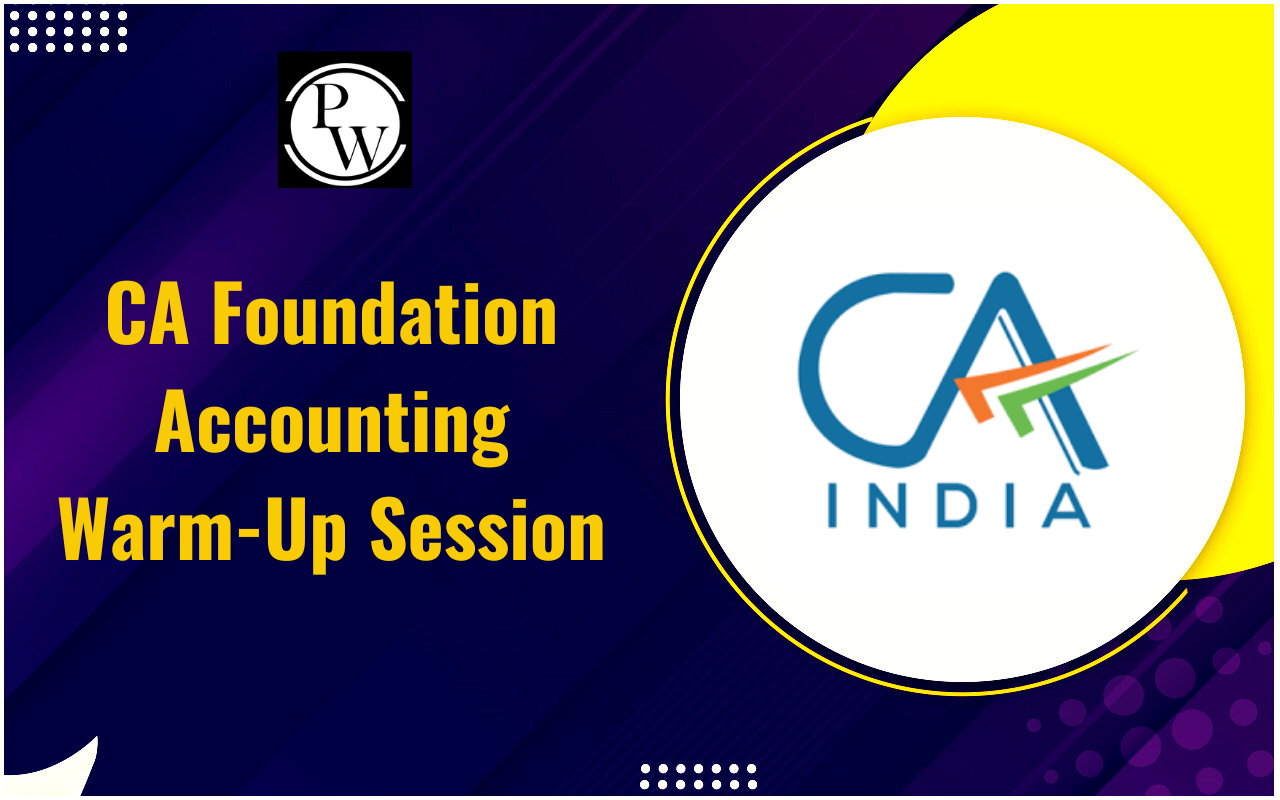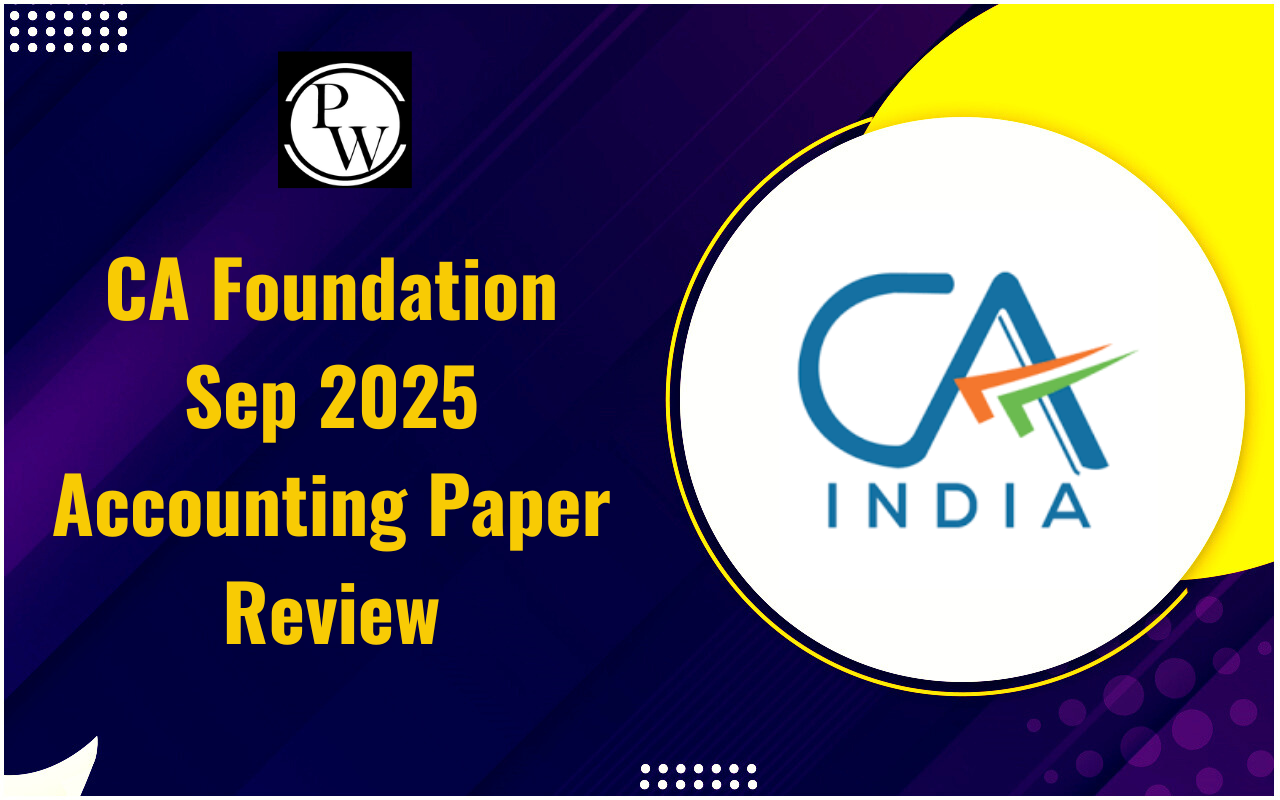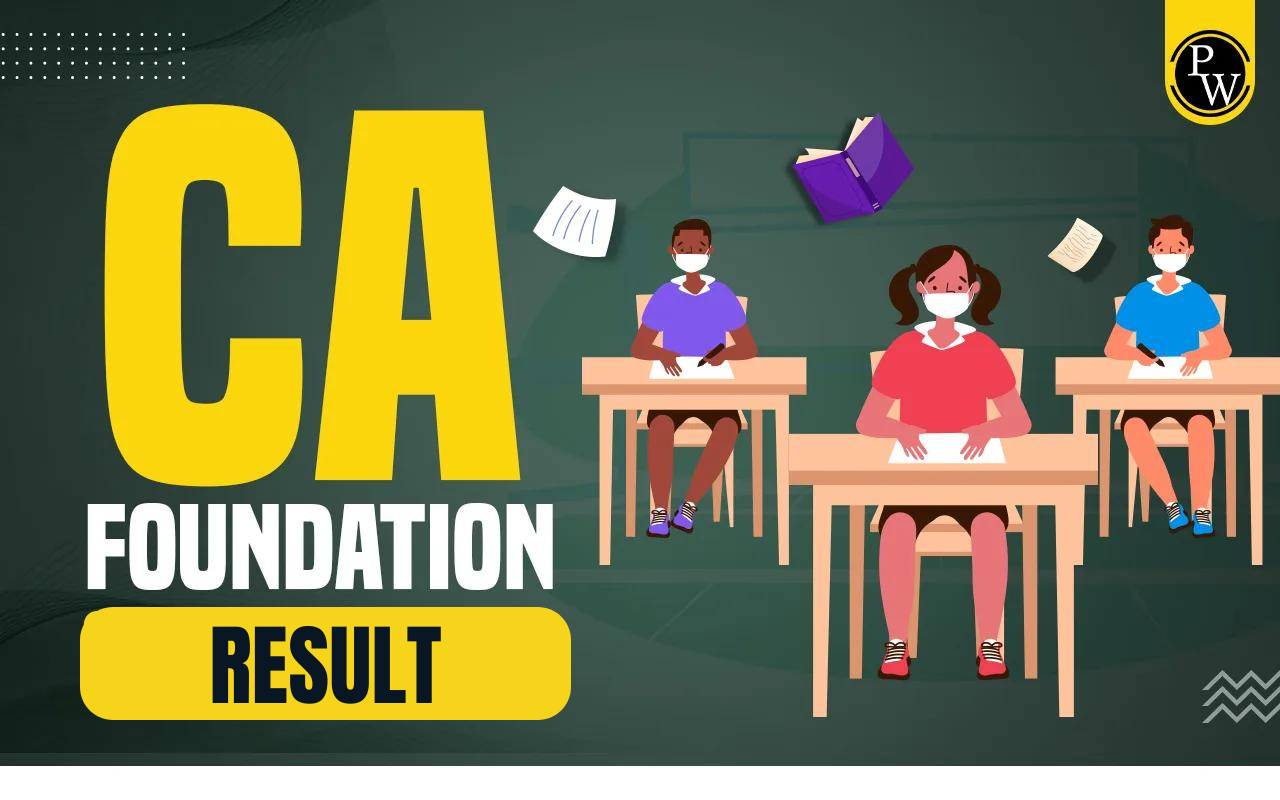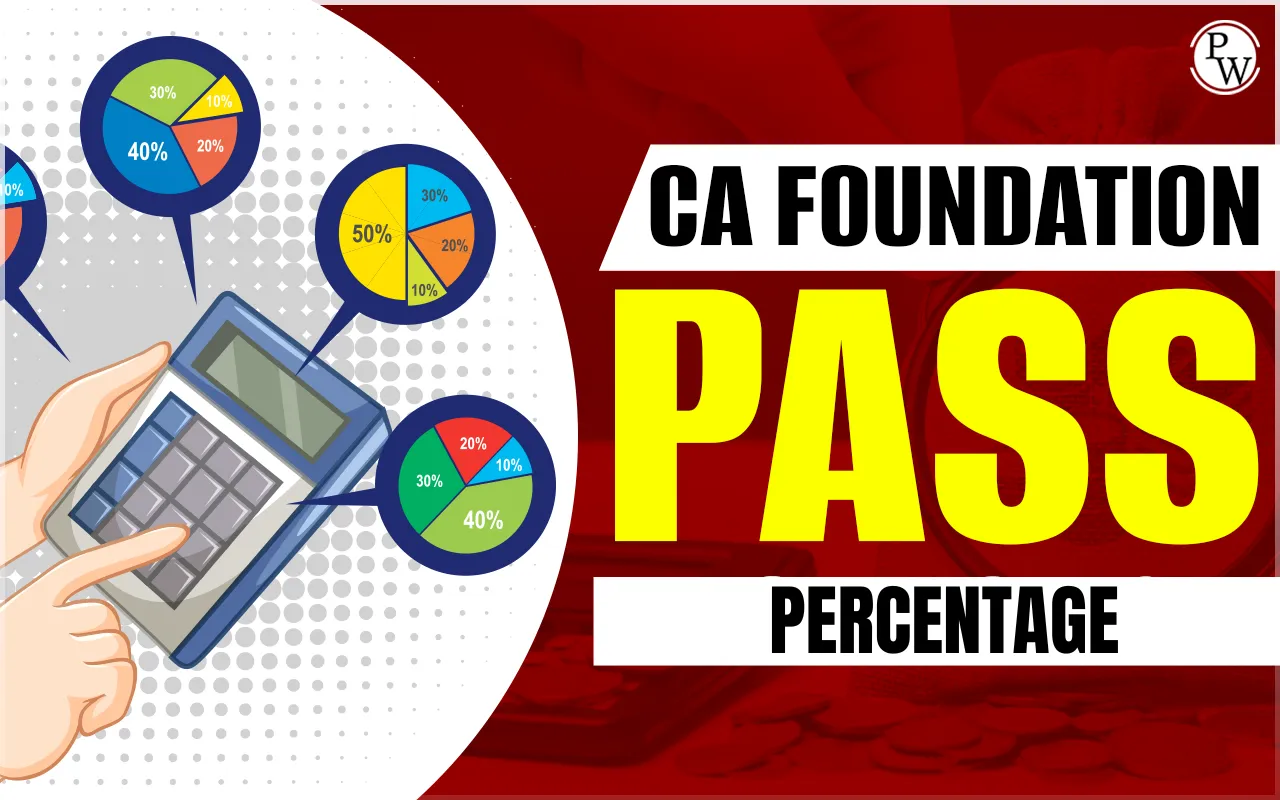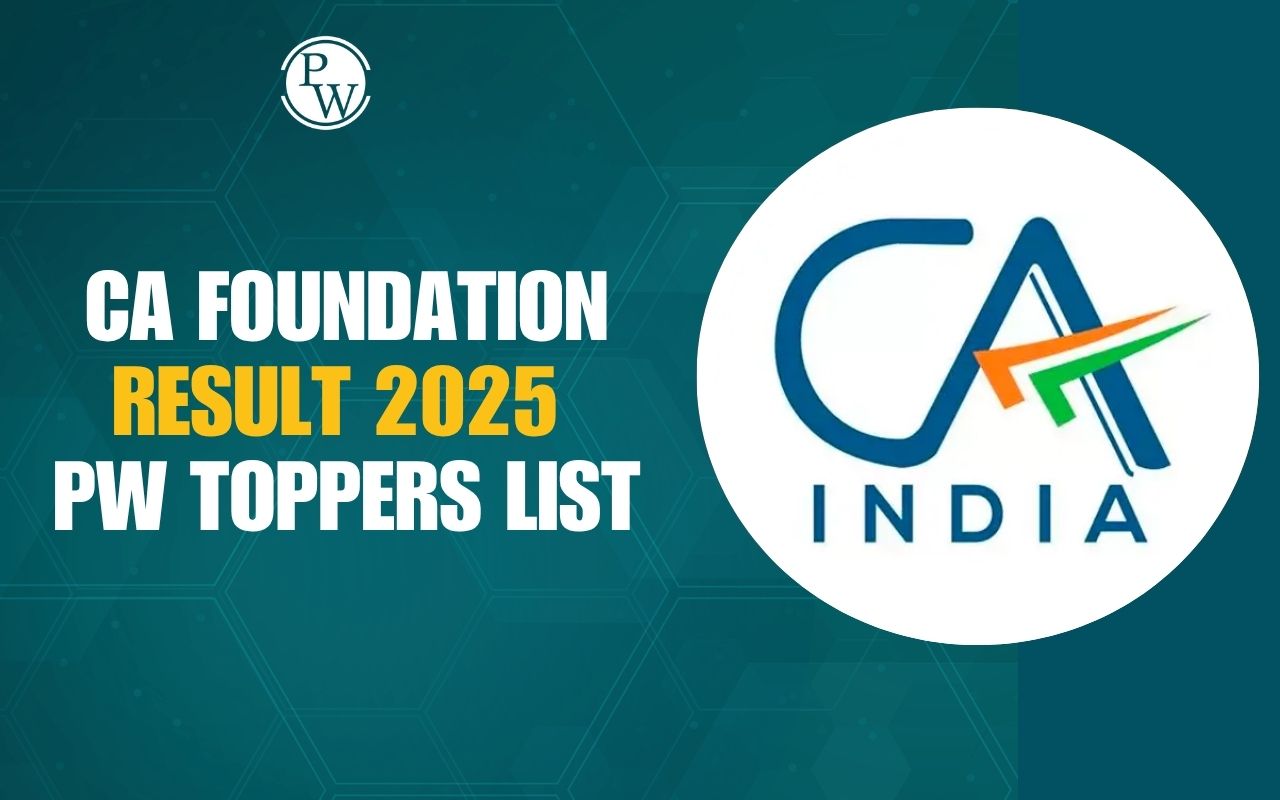

Internal Controls and Risk Assessment: From accidental slip-ups to intentional deceit, all businesses face dangers that can harm financial reporting or result in the loss of company assets. That's why it's crucial to set up a strong internal control system to minimize or prevent such risks and enhance financial reporting. This article helps you to understand Internal Controls and Risk Assessment for CA Exams .
Internal Controls and Risk Assessment
Internal controls refer to the rules, routines, and actions a company employs to ensure it reaches its goals. These goals typically include accurate financial reporting, adherence to laws and regulations, operational effectiveness, and fraud prevention. Internal controls come in three main types: detective, preventative, and corrective. A company's internal control system encompasses all its internal controls along with the tools used to oversee them. This system aims to lower the risk of fraud and loss while protecting company assets and aiding in goal achievement. Each company devises its unique internal control system based on factors like size, industry, history, and operations. Nevertheless, effective internal control systems share similar workings and basic components. Risk assessments are a vital component of such systems. They identify potential risks that could hinder the company's objectives and assess whether the internal controls in place provide adequate protection.Risk Assessment Importance in Internal Controls
Risk assessments help pinpoint weaknesses in your internal control system. They can reveal new external threats that your controls might not catch or show where existing controls are slipping due to changes in your business. In today's complex business world, keeping tabs on internal controls is crucial to staying ahead of potential risks. Internal controls and risk management aren't end goals; they're tools for reaching your company's objectives. When setting corporate goals, it's vital to factor in internal controls to ensure they align with risk management principles. A thorough risk assessment aids in managing risks and making better decisions. It ensures you've identified risks, put in place preventive measures, and have plans to minimize any damage. The COSO framework, introduced in 1992 and updated in 2013, is widely used for internal control. It consists of five components:- Control environment: This sets the tone for internal control, outlining expectations and the importance of controls in the company culture.
- Control activities: These are the policies and procedures that make up the organization's risk management strategy.
- Information and communication: Regular reports summarize audit results and control activities for stakeholders.
- Monitoring activities: Continuous monitoring ensures control activities are consistently applied.
- Risk assessment: Identifying risks and implementing controls to manage them effectively.
Also Check: Auditing and Assurance
Types of Internal Control Risks
To keep their business safe, companies need more than just internal rules and checks. They must also think about specific dangers when setting up a complete system of internal controls. Problems with internal controls often include a weak control environment, poorly organized business procedures, low moral values, and risks related to IT security. These issues usually fall into these categories:Inherent Risk: This is the risk present when there are no controls to protect against threats like inaccurate financial records or cyberattacks.
Control Risk: This is the chance that internal controls won't function correctly. For instance, if a company policy says all contracts over $100,000 need board approval, but management signs a $150,000 contract without approval, it shows a control failure.
Residual Risk: This is the risk that remains even after implementing controls. For example, requiring two signatures for payments over $40,000 reduces fraud risk, but there's still a chance of fraud, like if both signers are involved.
Operational Risk: This refers to unexpected problems in day-to-day operations caused by people, processes, or external factors. It often relates to control and residual risks and includes things like fraud, security breaches, legal issues, or natural disasters.
Compliance or Regulatory Risk: This is the risk of not following laws or rules, like the Foreign Corrupt Practices Act or the Sarbanes-Oxley Act. For example, if a public organization lacks strong internal controls over financial reporting, it faces significant risks of penalties and harm to its reputation.
Steps to Implement Internal Control Procedures
Businesses can reduce their risk and help top management run operations more smoothly by managing day-to-day tasks, financial data, and following regulations.Step 1: Set Up the Right Structure
Every company needs a solid foundation. This means having a clear structure, strong ethics, and integrity. These basics are crucial for establishing control and managing who has access to what within the company.Step 2: Understand and Tackle Risks
Managers need to figure out what risks could affect the company. They analyze these risks to see what might go wrong with business operations, financial reporting, or sticking to the rules.Step 3: Put Controls in Place
If the analysis shows that the current controls aren't enough, management creates new ones. This could involve making new policies or giving staff training on dealing with outside parties.Step 4: Share Knowledge
Make sure everyone knows what's going on with the controls. Employees need the right information to do their jobs well and act the right way.Step 5: Keep an Eye Out
Things change over time, and what works today might not tomorrow. That's why it's important to keep checking how well the controls are working, doing regular audits, and updating risk assessments. Regular checks make sure everything is working as it should. If there are problems, they need fixing to keep things running smoothly. Unlock success in your CA exams with our comprehensive PW CA courses. Gain insights into internal controls and risk assessment to ace your exams and excel in your accounting career. Enroll now!Internal Controls and Risk Assessment FAQs
What are internal controls and why are they important?
How do risk assessments help in internal control?
What is the COSO framework?
What are the types of internal control risks?
How can businesses implement effective internal control procedures?

